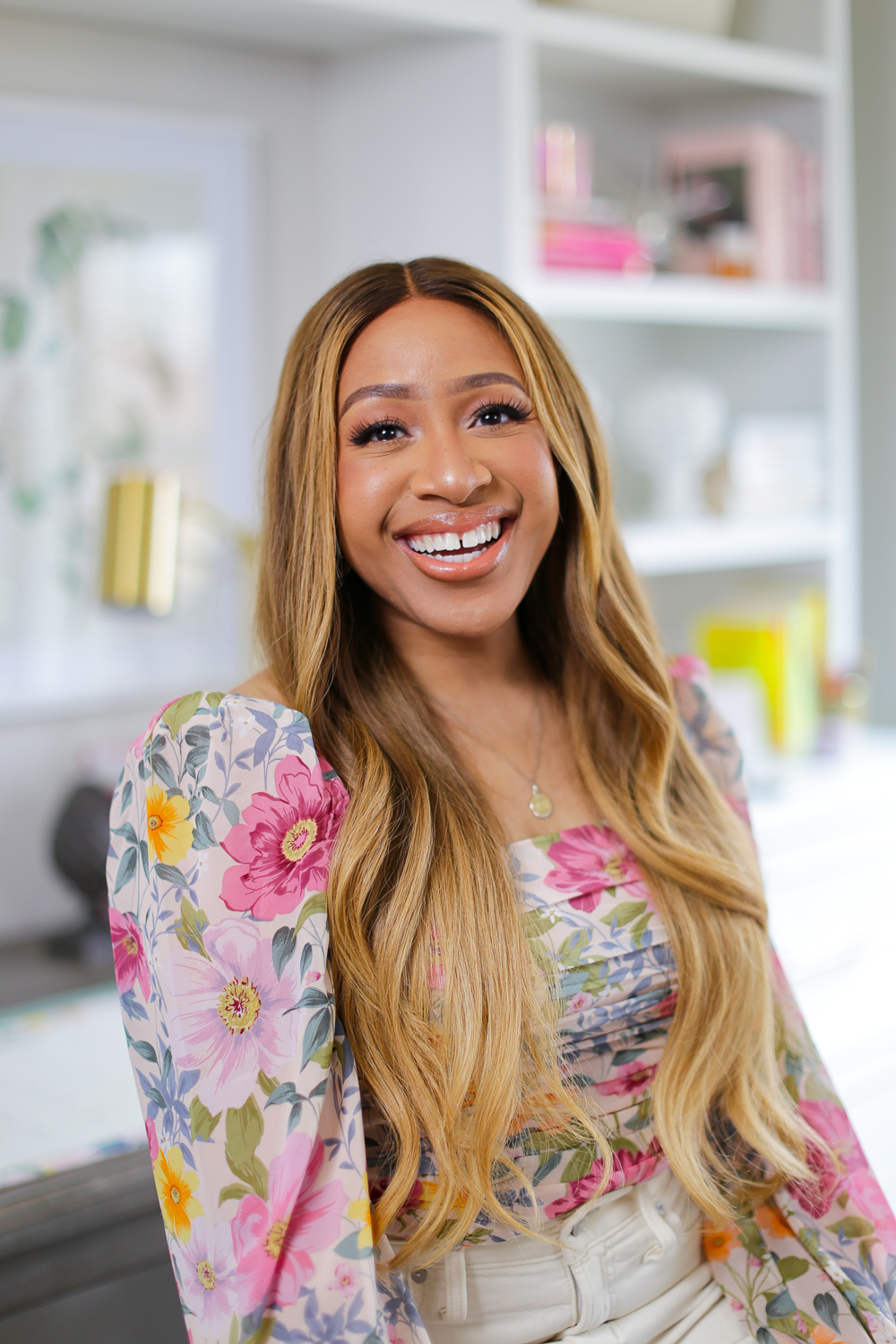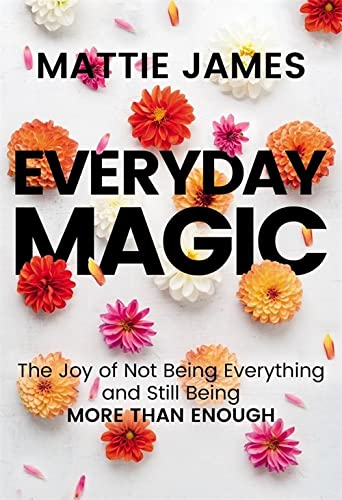As an influencer, you should know and use certain terms to be taken seriously by brands.
When it comes to pitching brands and working with them, it’s a lot of work. There are lots of details people often don’t discuss when it comes to executing the work you agreed on. But even before you get to the work part, you have to negotiate terms before you come to an agreement. Talking to a brand can be intimidating especially if they use or mention a term you aren’t familiar with. Sure, it’s not rocket science but just like any industry, influencer marketing has its own jargon and you’ll get much further if you’re familiar with it.
If you’re interested in what to say and what to do when you reach out to brands, I’m hosting a live training called How To Pitch Brands this week. Sign up for it here.
As someone who works with brands weekly, I often jump on the phone or have long email correspondence with my brand partners. While I absolutely love working with brands (after all it’s how I get paid), there’s quite a bit of leg work that goes on before the fun pretty content part. What I’ve noticed is that there are words that are always used whenever money is mentioned and partnerships are being considered.
If you’re an influencer looking to work with brands on a regular basis, here are 7 terms you should know and use to when pitching brands.
PLEASE NOTE: I am not an attorney, just an experienced influencer with a really good attorney. This is based on my personal + professional experiences. Please consult your attorney or lawyer for any legal advice when it comes to contracts or any other legal agreements.
Budget
This is the very professional way to bring up money. Often times when a brand reaches out to you or vice versa, much of the correspondence will be about what you can do for the brand or what they would like you to do for them. Once that’s established, there’s that awkward moment where you pretty much want to blurt out “how much am I getting paid for this?” While understandable, please don’t ever say that. Not even jokingly.
Once you know what work needs to be done for the brand, you can bring up “budget.” This is the corporate term for money. You can transition into the money conversation with a sentence like, “what’s your budget for a project like this?” Or even, “typically for a project like this, I charge a package rate. Will your budget be able to accommodate?”
Don’t be afraid to ask what the budget is. What this will do is make a brand respect you – even if you guys don’t end up working together – because you’re about your business. When you’re not afraid to bring up budget, brands believe it’s because you know what your value is.
Scope of Work
This is an outline of the work you and the brand have agreed upon. The reason why this is important is because you should know what your scope of work is before giving a price. The last thing you want to do is say “I charge $xxx to work with brands” and then they give you $xxxx worth of work to do.
Not only should you know what the scope of work is before you name your price, but it should also be listed in the contract just to be sure. Sometimes, brands will change their minds about the work they want executed. Which is fine, but that needs to be solidified before the ink is dry.
Scope of work included in a contract not only covers your butt, by theirs as well. If you only do 50% of the work agreed upon, a brand can refuse payment until you fulfill the entire scope of work. Be sure you’re clear on what you need to execute to maintain the relationship with the brand and get paid on time.
Agreement/Contract
You’ve probably heard it before, but when you do agree to do work for money with anyone – there should be a contract in place. For some brands and agencies, they refer to the contract as an agreement. These terms are interchangeable depending on who the brand is.
Your contract should include all of the legal aspects of the contract – address both parties (you and the brand or agency), the scope of work, the deadlines for the scope of work, the laws of where the brand or agency is based and your payment terms.
The contract or agreement is not binding until you sign and it is countersigned by the brand.
Countersigned
For a while, this was a term that I overlooked and didn’t really understand. Usually when a brand sends you a contract, they’ll ask you to sign so the project can begin. It is imperative that you once you sign that you ask for the countersigned copy from the brand.
Countersigning simply put is just the second or other party signing the contract once the first party (you, the influencer) has signed the contract.
In my experience, I always ask for this the same day that I sign a contract and I don’t begin any execution on the scope of work until a contract is in place and it has been countersigned. I then save my copy of the contract in a designated Google Drive folder for all my agreements. Having those records are important if you don’t receive payment on time and for tax time.
Net 30/60/90 (Payment Terms)
While many of us focus on getting paid as an influencer, that’s only half of it. It is imperative to get paid on time. On. Time.
What that means is that you have to pay close attention to your payment terms. Your payment terms are basically the conditions that a brand will pay you. Because a brand is usually a corporation or an agency is waiting on getting their retainer from a brand, certain terms are put in place to make sure all parties are covered.
Essentially, a brand wants the work to be done before they pay you. However, it is very seldom (some would even say impossible) that you get paid immediately for your work. That is why the payment terms are so important so you’re clear on when to expect a check.
At this point of my career, I seldom ever accept work that is past net 30. Some instances, I will accept net 60 if I want to really work with a brand or if it’s a large sum of payment. But in most cases, I push really hard for net 30 or net 45.
In the beginning of my influencer days, the average was net 60 with brands. I was okay with that because I still had a 9 to 5 and I was just happy that a brand wanted to work with me. As you grow in the industry you can adjust your standards as you see fit. Most brands will try to get away with net 60.
If it’s a long term (6 months or more) paying a large sum of money (5+ figures) broken into various net 30 or net 60 payments over time. I always say no to projects with net 90 and net 120 (yes, they exist) payment terms. It’s just a no for me.
Press Kit
Most people have an idea that they should have a press kit, but may not know what it is. A press kit is not a price list or a rate sheet (which I’ll break down shortly). So it should not include any pricing of your deliverables or services. A press kit is a document (usually a PDF) that displays your stats and follower/reader demographics. It also shares your deliverables and contact info. To personalize your press kit, adding recent photos or a headshot plus a brief bio adds a touch that goes a long way with a brand.
A press kit should be the complete opposite of lengthy. It should be 4 pages max, because brands look at so many on a daily basis. Anything long winded will automatically be overlooked because of the amount of time it takes to get through the document. Your press kit is not a time to tell your life story (that’s what your About page is for). This is a document that instantly proves why you are useful to brands as an influencer.
You should lead with your best numbers and/or stats and make sure the document is linear to the look and feel of your website. (Colors, fonts, voice, etc.) Because PDFs can sometimes be large files, try making it a private (password-protected) page on your site or even Google Doc with a link you can share. If it’s too big to download, brands will look past it.
Rate Sheet
A rate sheet (or price list) is different than a press kit as its focus is pricing. Typically you send this after your press kit. It’s important to have both because you never want to jump the gun and discuss money too early. Like a press kit, your rate sheet should be a short PDF document with your most recent rates.
A rate sheet can be 1-3 pages long (including a cover). You should include a la carte pricing for the deliverables you offer in your rate sheet.
EX: your list of a la carte offerings may be:
Instagram post: $xxx
Sponsored blog post: $xxx
Tweet: $xxx
YouTube video: $xxxx
The rate sheet is valuable because it clearly sets a money standard when you and the brand start negotiating rates.
When you’re first starting out as influencer, knowing the right words to say and discussing money can be intimidating. Hopefully, these 7 terms gave you the insight you needed to move forward confidently and start pitching brands.
If this post helped you, don’t miss my live training teaching “How To Pitch Brands!” You can sign up here.




This post is exactly what I needed. I haven’t had the chance to work with any brands yet but that’s the direction that I’m going in. So this information is very vital to someone like me. I have printed it off so that I will be able to be more savvy when that opportunity does come! Thank you so much for this post!
Loved this post! It was very clear and helpful. Trying to find how to approach brands and how to grow my readers is the stage I’m at. Thanks for this practical, much needed post
Such a helpful post. I recall when I started accepting influencer work I felt like I was fumbling around in the dark. I learned a lot from trial and error and what you listed here is exactly what influencers need to know. It is so important to join a community of people who are currently doing the work so that you can bounce rates and requested SOP off of them as well.
God bless you for this. In ad much as i look forward to being a brand influencer,i still have problem woth growing my social media followership and also contacting international brands. Would be glad to get a post on such, looming to be a brand influencer full time. Thanks ma’am